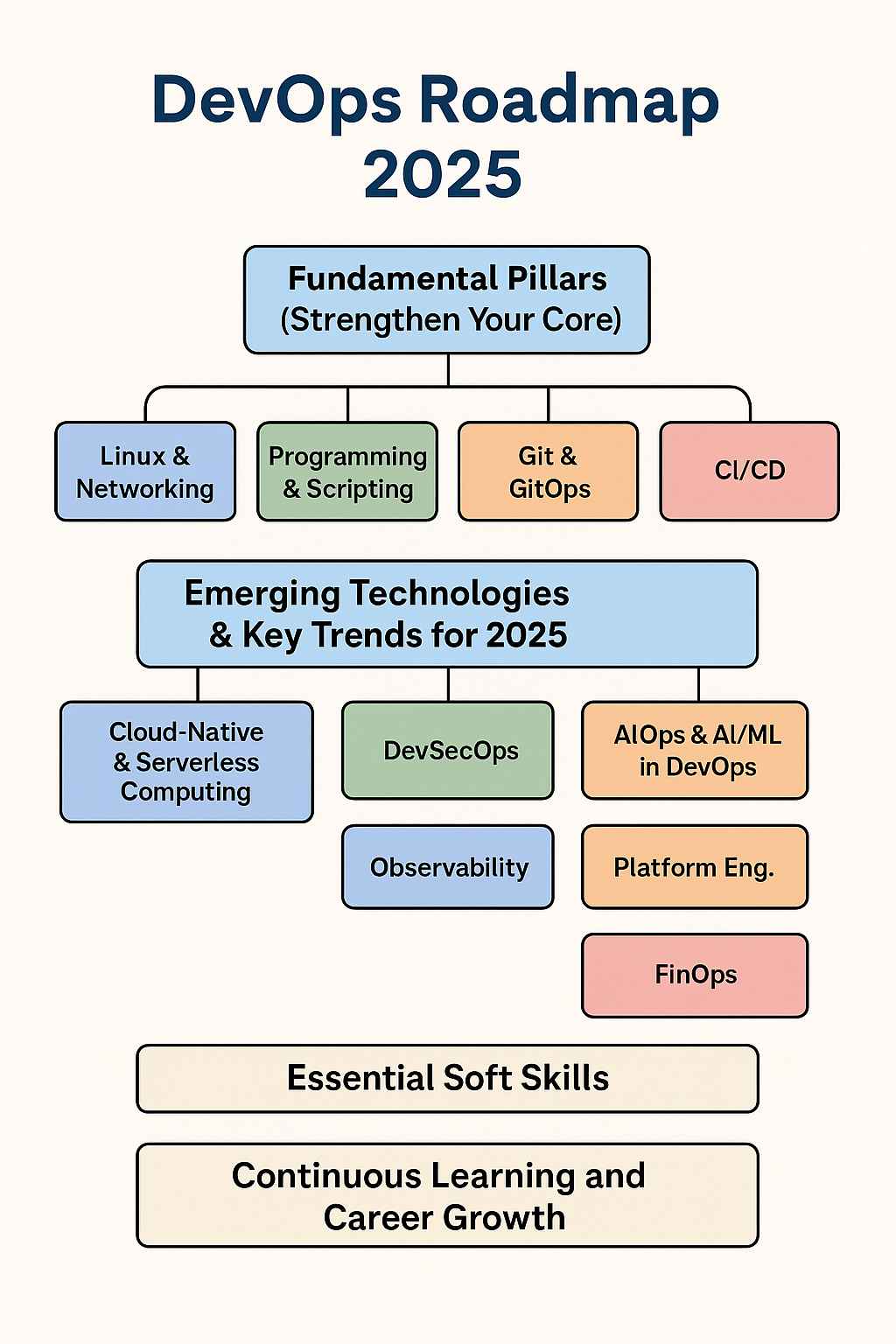Looking for budget-friendly Bluetooth earphones that don’t compromise on sound and features? You’re in the right place! In 2025, the under ₹2000 price segment in India is filled with powerful options — from neckbands to true wireless earbuds (TWS).
Whether you need clear calls, punchy bass, or long battery life, here are the top 7 Bluetooth earphones under ₹2000 you can buy today.
1. OnePlus Bullets Wireless Z2
💰 Price: ~₹1,499
One of the most popular neckbands in India, the OnePlus Bullets Z2 is a beast for bass lovers. With 12.4mm drivers, fast charging (10 mins = 20 hrs playback), and up to 30 hours battery life, it’s an easy recommendation.
👉 Best for: Music lovers & long-hour listeners
👉 Buy on Amazon
2. boAt Airdopes 141 ANC
💰 Price: ~₹1,699
If you prefer true wireless earbuds, the Airdopes 141 ANC is a fantastic option. With Active Noise Cancellation (up to 32 dB), ENx tech for calls, and 42 hours total playtime, these are value-for-money TWS.
👉 Best for: Commuters & work-from-home calls
👉 Buy on Amazon
3. Noise Buds VS104
💰 Price: ~₹1,499
Noise is known for affordable yet stylish earbuds, and the VS104 continues the trend. With 13mm drivers, up to 30 hours playtime, and quick charge support, it’s great for everyday use.
👉 Best for: Balanced audio & lightweight design
👉 Buy on Amazon
4. realme Buds Wireless 3
💰 Price: ~₹1,999
A strong rival in the neckband segment, the realme Buds Wireless 3 offers 13.6mm bass drivers, dual device connection, and up to 40 hours battery life. IP55 rating ensures sweat/water resistance.
👉 Best for: Workout & multi-device users
👉 Buy on Amazon
5. Boult Audio Z20 Pro
💰 Price: ~₹899
Boult is popular for its heavy bass and budget pricing. The Z20 Pro delivers 40 hours playback, ENC mic for clearer calls, and a gaming mode with low latency.
👉 Best for: Gamers & bass enthusiasts
👉 Buy on Amazon
6. Redmi Buds 3 Lite
💰 Price: ~₹1,799
From Xiaomi, these are compact, lightweight TWS earbuds with a secure fit. They pack 18 hours total playtime, decent bass, and a reliable brand experience.
👉 Best for: Minimalists & casual listeners
👉 Buy on Amazon
7. boAt Rockerz 255 Pro+
💰 Price: ~₹1,169
Another neckband favorite, the Rockerz 255 Pro+ offers up to 40 hours of playback, ASAP charging (10 mins = 10 hrs), and IPX7 water resistance. Great option for workout lovers.
👉 Best for: Gym-goers & runners
👉 Buy on Amazon
Final Verdict
- For TWS lovers → go for boAt Airdopes 141 ANC or Noise Buds VS104.
- For neckband fans → OnePlus Bullets Z2 or realme Buds Wireless 3 are excellent.
- For workouts → boAt Rockerz 255 Pro+ or Boult Z20 Pro.
At under ₹2000, you don’t have to break the bank to enjoy wireless freedom. Just pick based on your usage — music, calls, or workouts.
👉 Check Best Bluetooth Earphones Under ₹2000 on Amazon
Prices on Amazon change often — watch out for Lightning Deals and Great Indian Festival sales to grab them at even lower prices!
Next Steps :
- Follow our DevOps tutorials
- Explore more DevOps engineer career guides
- Subscribe to InsightClouds for weekly updates
- Devops tutorial :https://www.youtube.com/embed/6pdCcXEh-kw?si=c-aaCzvTeD2mH3Gv



